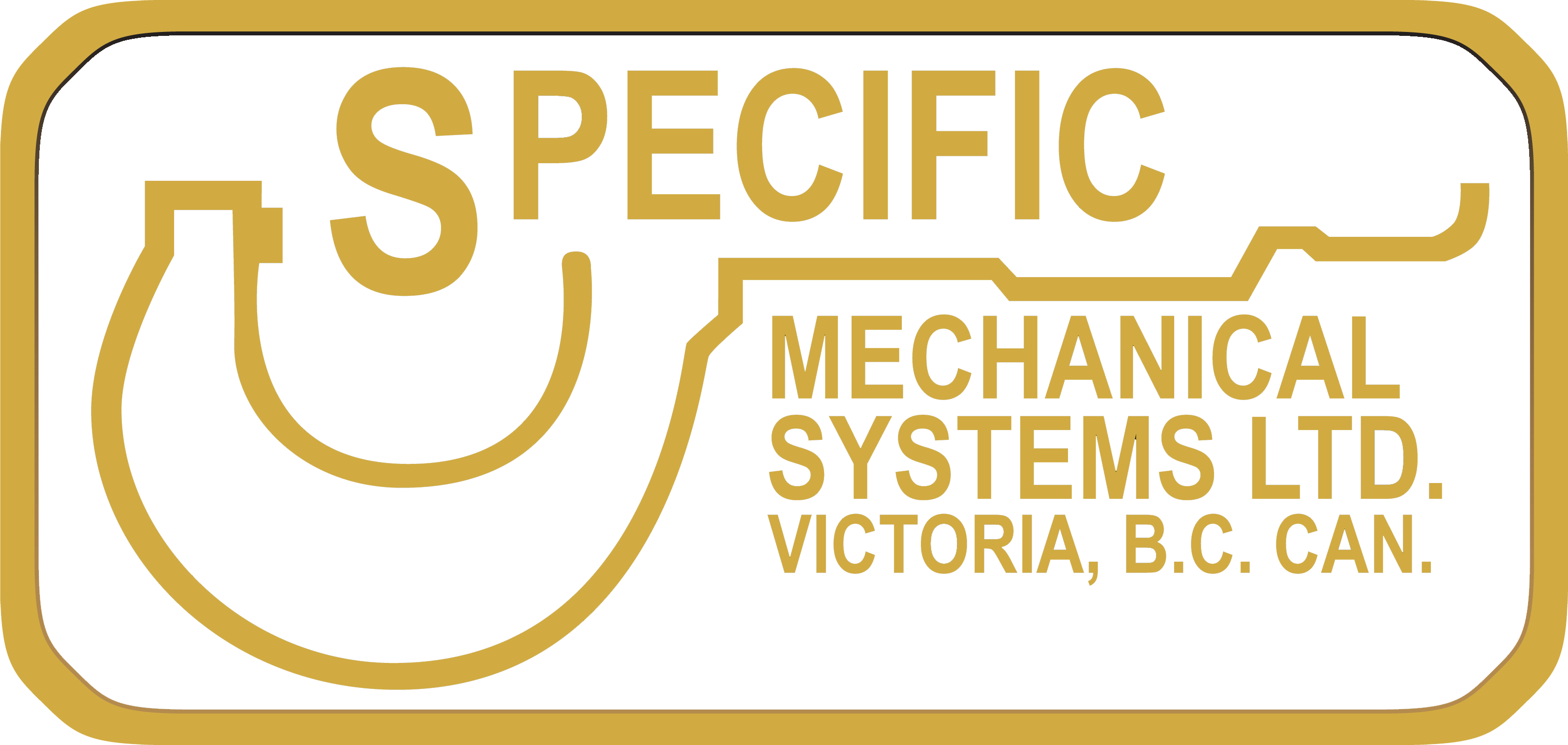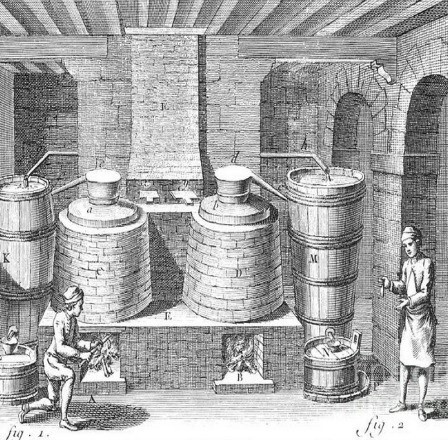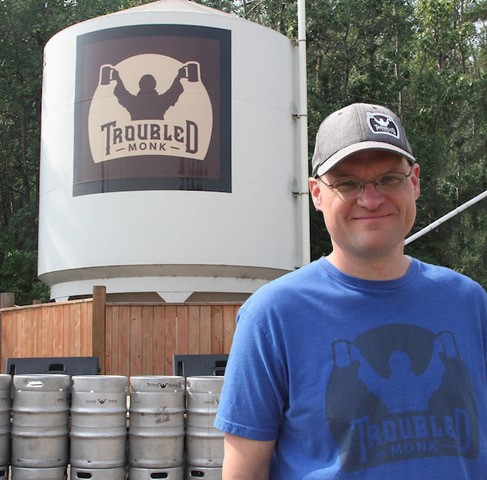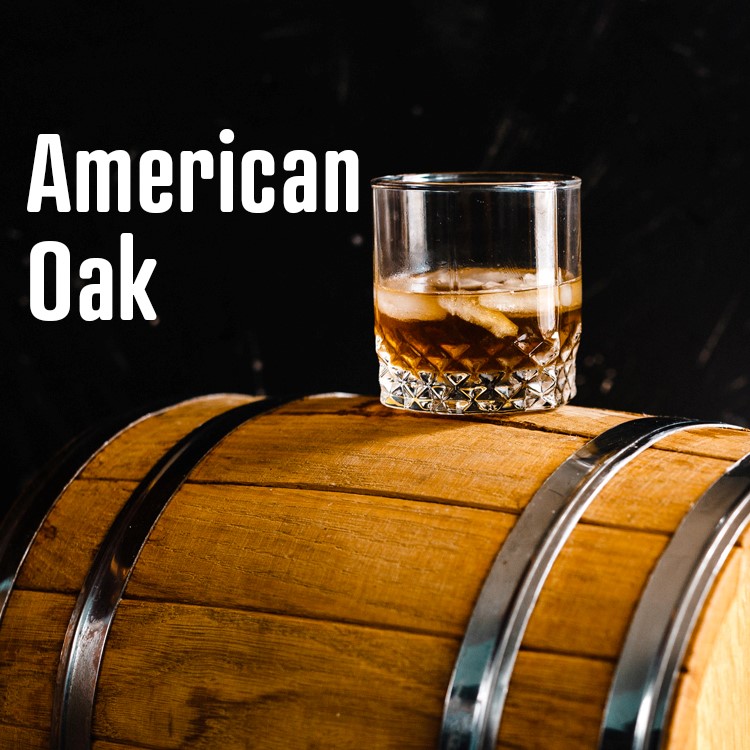Distilling, the art of transforming raw materials into potent spirits, holds a fascinating history that spans thousands of years. From its humble beginnings in ancient civilizations to the refined techniques of the modern era, the practice of distillation has evolved, leaving an indelible mark on human culture and societies. Join us as we embark on a journey through time, delving into the rich history and evolution of distilling.
Ancient Beginnings:
The roots of distillation can be traced back to ancient civilizations such as Mesopotamia, Egypt, and China. Around 2,000 BCE, these early cultures discovered the alchemical process of distillation, primarily for medicinal purposes. The Babylonians used distillation to produce perfumes and aromatic oils, while the Egyptians utilized it to extract essential oils from plants.
Islamic Innovations:
During the Islamic Golden Age (8th to 14th centuries), distillation underwent significant advancements. Arab scholars like Jabir ibn Hayyan, known as Geber in Europe, developed improved techniques and apparatuses for distillation. They discovered the concept of al-iksir, the “elixir,” which referred to the concentrated essence produced through distillation.
European Renaissance and Spirits:
The art of distillation found its way to Europe during the Middle Ages, thanks to the translation and preservation of Arabic texts. Monks in monasteries played a crucial role in the distillation of spirits, primarily for medicinal purposes. As knowledge spread, distillation expanded beyond the monastic walls, leading to the emergence of commercial distilleries.
Whiskey, Brandy, and Beyond:
In the 15th and 16th centuries, distilled spirits gained popularity across Europe. The birth of whiskey can be attributed to Irish and Scottish monks who distilled malted barley, giving rise to the iconic spirits we know today. Brandy, derived from wine distillation, became beloved in countries like France and Spain. These spirits soon found their way to the Americas through European colonization, leaving a lasting legacy.
Industrial Revolution and Refinement:
The Industrial Revolution in the 18th and 19th centuries brought significant advancements to the distilling industry. Innovations such as the invention of the column still by Aeneas Coffey in 1830 revolutionized the efficiency and scale of production. This marked the transition from traditional pot stills to continuous stills, allowing for greater control over the distillation process and the production of lighter spirits.
Craft Distilling Renaissance:
In recent decades, there has been a resurgence of craft distilleries, harking back to the traditions of small-scale production and artisanal techniques. This movement, fueled by consumer demand for unique and high-quality spirits, has breathed new life into the industry. Craft distillers experiment with a wide array of ingredients, flavours, and aging techniques, pushing the boundaries of what is possible.
From its ancient origins as a medicinal art to the flourishing industry it is today, the history of distilling reflects human innovation, cultural exchange, and a passion for craftsmanship. The evolution of distillation techniques has shaped the spirits we enjoy, from the rich heritage of whiskey to the elegance of brandy and the creativity of modern craft distillers. As we raise a glass to toast the past and present, let us appreciate the centuries of knowledge and dedication that have brought us the diverse and remarkable world of distilled spirits.






